Keys – they used to be simple pieces of metal. Now, they’re as advanced as every other part of modern, technology-driven vehicles. As an automotive technician, it’s important to know the different types of keys found in late model vehicles. Not only is this information useful for diagnosing anti-theft problems, it also helps when you’re trying to assist a customer who has lost their keys.
Types of modern keys and fobs
Everyone knows what a standard, machine-cut key is and how it works. The first key to use an ignition tumbler was introduced by Chrysler in 1949. Before then, vehicles required the push of a button to engage the starter.
The basic key and tumbler design was used almost universally until General motors introduced a coded key in 1986. Around that same time, factory-installed remote entry was beginning to enter the market. Almost all modern vehicles have some sort of anti-theft key or fob. There are three basic types in use today.
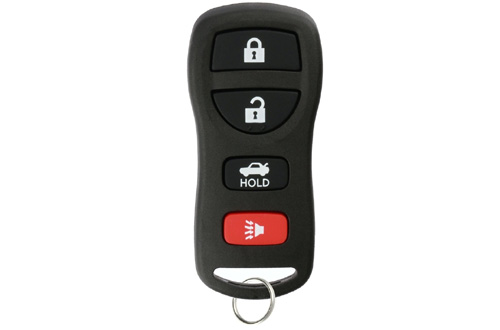
Keyless entry fob: A keyless entry fob can lock and unlock the vehicle doors, but can’t start the engine. A separate key must be inserted into the ignition for that.
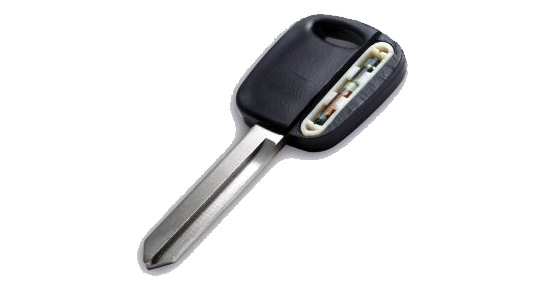
Transponder key: Transponder keys were introduced to reduce vehicle theft. With this design, a transponder chip in the head of the key sends out a code to the vehicle’s electronic control unit (ECU). The code must be recognised by the ECU for the vehicle to start. Some older vehicles used coded resistors in the shank of the key instead of a transponder.
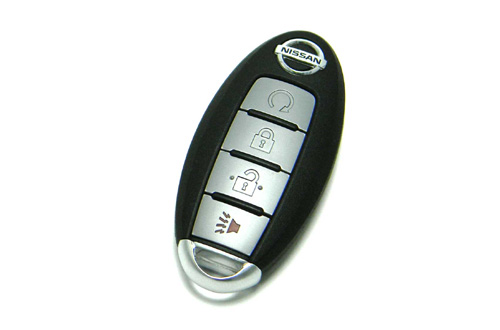
Smart key: A series of antennas are used to detect a smart key. This allows the owner to unlock and start the vehicle with just a push of a button. The key just needs to be within range of the vehicle for the full range of functions to operate.
How anti-theft systems work
Each vehicle manufacturer is a little bit different, but this is an overview of how each type of anti-theft system works.
Keyless entry
Most keyless entry systems include an anti-theft ECU and switches at the doors, boot and bonnet. Arming the system is done with a keyless entry transmitter, or by pushing the door locks. The switches are then monitored by the ECU. If the vehicle is opened, or if any of the look cylinders are turned, the ECU will turn on an alarm and flash the vehicles lights. It may also disable the starter or fuel system.
This type of system is also called “active” anti-theft, since it must be manually armed by pushing a button.
Transponder key
In this type of system, a transponder is embedded into the head of the ignition key. When the key is placed in the ignition cylinder, it’s energised by an exciter coil surrounding the lock cylinder. This causes the transponder to transmit a signal with its unique value. This value is read by the anti-theft ECU the compared to the value it has stored in memory. If the values match, it will tell the engine control module (ECM) everything is OK. If the values do not match, it will tell the ECM to disable the fuel system. Many transponder systems create a new value each time the key is used for further protection.
This type of system is referred to as “passive” anti-theft because it automatically arms itself.
Smart Key
The latest technology is smart keys. This type of system relies on detection of a coded smart key by antennas placed throughout the vehicle. The antennas ensure the smart key is within the transmission zone in or around the vehicle. When the authorized key is within the vicinity, anti-theft ECU sends a message out on the vehicle’s data bus to the other control modules. When this happens, the body control module (BCM) will allow the vehicle to be unlocked. The ECM will also allow engine crank and fuelling.
This type of system is called “passive” anti-theft since the vehicle is automatically armed.
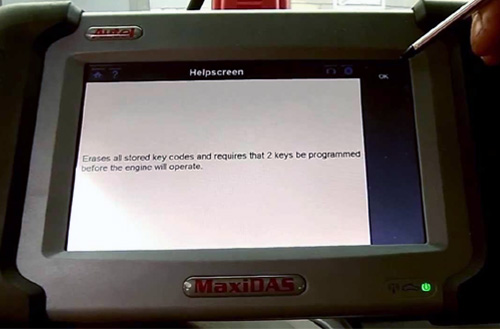
A technician programs new keys for a vehicle using an aftermarket scan tool
Key programming
In most cases, the ECU must be programmed when the vehicle key is replaced. This is done so the ECU will recognise the code from the new key. Without reprogramming, the vehicle will not start.
Programming involves connecting the vehicle to a diagnostic scan tool. Factory scan tools are capable of performing this procedure, as are some aftermarket tools. There are also dedicated key programming tools.
For coding some modern keys, the tool chosen for reprogramming must have J2534 capability. This is the standard designed by Society of Automotive Engineers (SAE) for vehicle ECU reprogramming. Its purpose is to give all workshops the ability to reprogram ECUs without a special dealer-only tool. The current data sharing landscape in Australia makes this limited at the time of publishing this article.
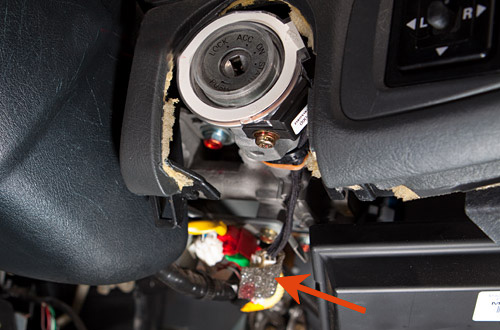
Poor connection at the 2 pin key reader harness connector on Mitsubushi Magna's are a common issue.
Common problems
There are other common problems besides just loosing the key. They include..
Dead battery
A dead battery in the key or fob is the most common cause of a non-functional transponder or smart key. A dead vehicle battery will also prevent the key from communicating with the rest of the anti-theft system.
Internal component problems
An internal key or fob problem will prevent the ECU from receiving the signal its looking for. As a result, the vehicle may not unlock/lock or start. Internal damage can result from something as simple as the owner dropping the key and/or fob.
The anti-theft ECU itself can also suffer from internal issues. In some cases, it may simply need to be reprogrammed (check for technical service bulletins regarding this). Before condemning an ECU, it’s important to make sure that its circuit is intact with good power and ground.
Wiring problems
Like other automotive electronics, the anti-theft system can suffer from circuit problems like the one presented in the image above. These include open circuits, short circuits and excessive resistance. Check for loose connections, corrosion, etc.
Key programming
In some cases, the key may not be properly programmed. It may have lost its programming somehow, or the owner may have a duplicate key which has not been programmed to match the vehicle.
Other keys nearby
Having more than one transponder or smart key nearby may confuse the ECU. If it picks up the incorrect key code, it may refuse to lock/unlock the doors or start the vehicle.
Knowledge is key
Keys are much more important than people think. Understanding them is the key (pun intended) to solving many anti-theft related problems.

About the Author
Mia is a Certified Master Technician and Advanced Level Specialist with over 12 years of experience in the automotive industry both on the tools as well as in an engineering capacity for a popular aftermarket diagnostics company . She also holds a Bachelor’s degree in Automotive Technology and enjoys writing about all things concerning Automotive Technology.